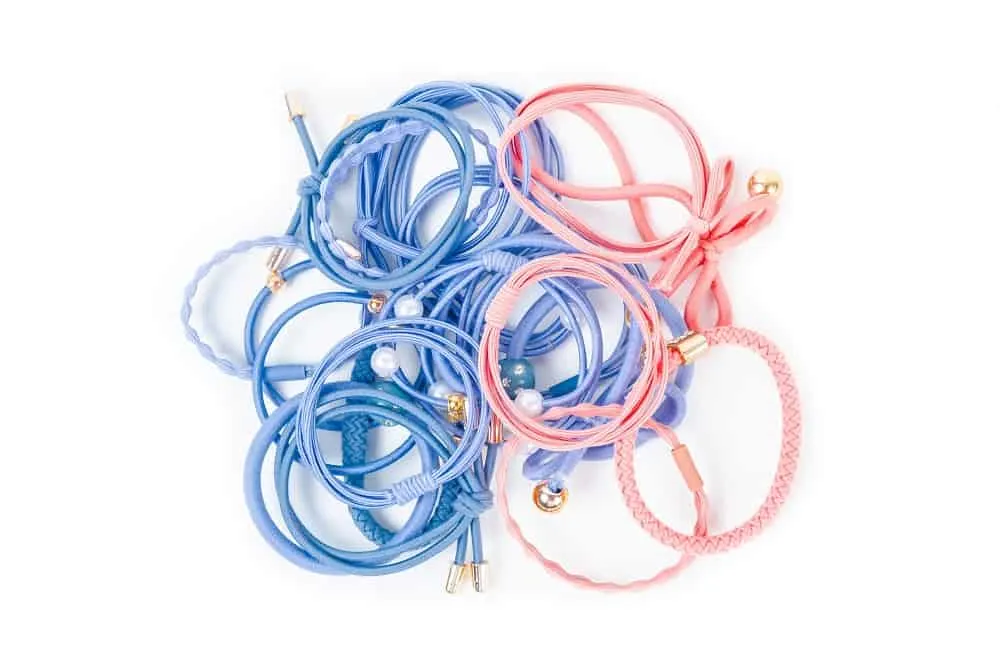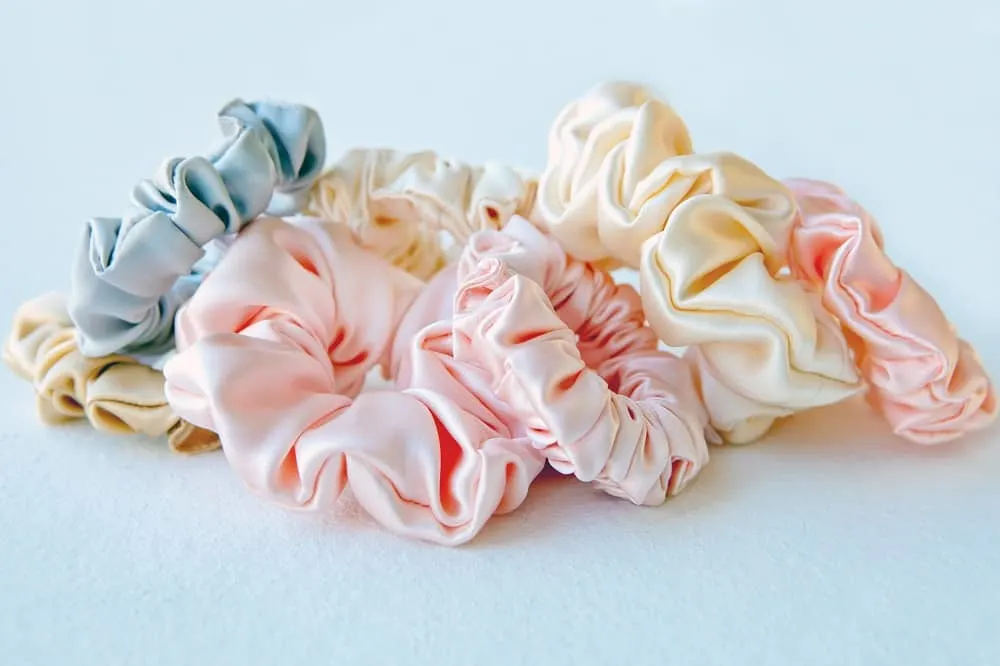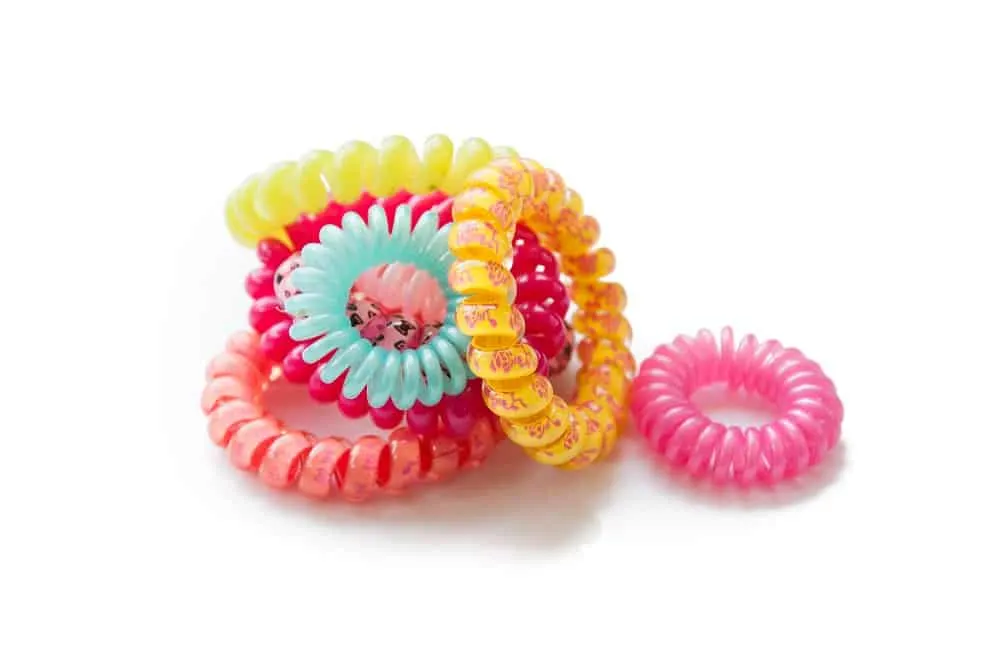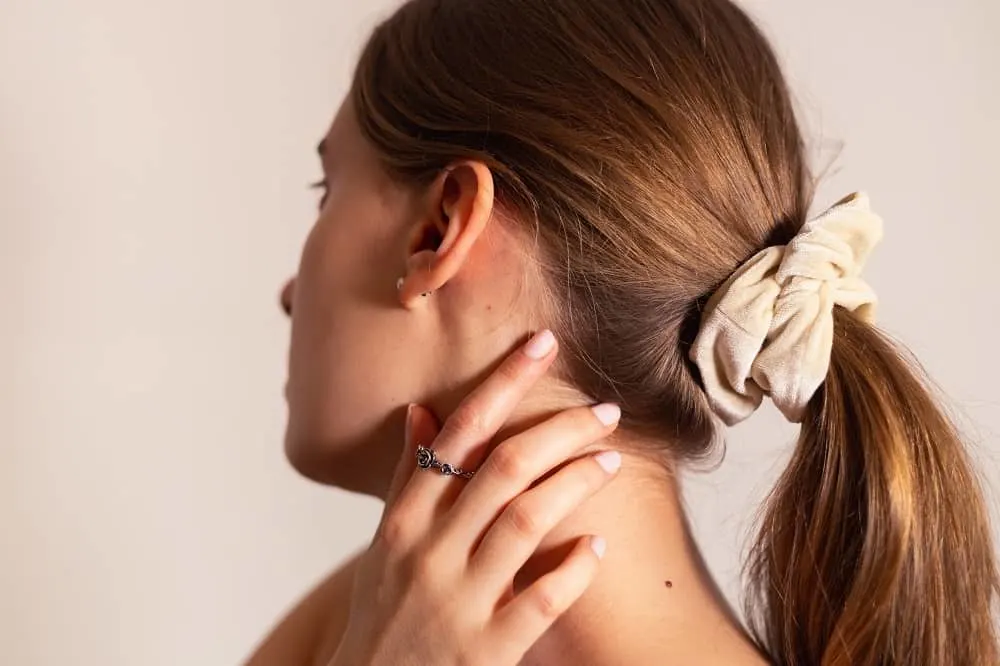There are countless brands and types of hair bands on the market right now, and choosing the right one for your hair may have you pulling your hair out. Whether you’re on the lookout for your perfect hair product or you’re a confused dad looking for the right hair band for your girl, this guide is for you.
One of the reasons why there are so many different types of hair bands is because there are so many different types of hair. The first step to finding your ideal hair band is to figure out your hair type once and for all. Knowing your hair type will equip you with a helpful tool for ruling out hair bands that typically don’t work for your hair type.
Ultimately, only you can decide which hair band works best for you. Explore the options below to discover your ideal hair band!
Types of Hair Bands
Once you’ve figured out your hair type, you can explore the numerous types of hair bands. While each of these could be considered hair bands for girls, anyone with a bit of a mane can rock these!
Wrapped Elastic Hair Bands (No-Slip)

The variety that you’re probably most familiar with, wrapped elastic hair bands (sometimes called no-slip hair bands), have been a staple on the wrists of ponytailers for decades. They’re one of the most versatile, affordable, and easy-to-find hair band types on the market today.
These bands will tame oily hair, conquer straight and wavy hair, and bring both thick and thin hair to their knees. But, they’re generally very tight as soon as you remove them from the package. Women with combination, dry or damaged hair will need to take extra care to avoid potential breakages caused by the tight fit.
Depending on the curl type, curly and kinky ponytailers may have to abandon the idea of a no-slip band altogether. While they’re one of the most versatile hair bands on the market, they can’t stretch far enough to contain a bundle of extra-kinky hair. Even for less dense curl types, these bands may get stuck.
While wrapped elastic hair bands have been serving the masses for a long time, they’ll leave others with a headache and an unintentionally messy pony.
Headbands

Head bands are an outstanding tool for keeping the hair off of your face while keeping your hair down. Headbands are timeless and come in a variety of shapes, sizes, and colors. There is a headband for every hair type!
Some headbands come with a slightly adhesive backing to keep them correctly positioned on the head. These are perfect for oily hair, straight or wavy hair, and thin or thick hair. Curly or kinky heads likely won’t have a problem keeping a headband in the correct position, and almost every headband option will work for them.
If you want your hair out of the way while inflicting as little damage as possible, a headband may be your perfect tool!
Scrunchies

Another timeless choice, scrunchies are back in vogue. These fabric-lined hair bands are perfect for thin, dry or combination types, who have a higher risk factor for ponytail-related damages.
Curly, kinky, thick, and oily hair types may have a hard time keeping these locked in, but a scrunchy around the wrist will always be a bold fashion choice.
Spiral Hair Bands

One of the newest crazes in hairstyling, spiral hair bands tout fewer ponytail-related headaches, less slippage, and more longevity than traditional no-slip hair bands. Straight, wavy, oily, and thin hair-wearers, rejoice!
The coiled shape of this hair band helps your ponytail stay in place, and they’re becoming as ubiquitous around the wrists of ponytailers as their scrunchie forebears.
Mini Elastics

For braiding or pigtail enthusiasts, mini elastics are unbeatable. They’re small (barely larger in diameter than a pinky finger) and come in a variety of colors, making them the ideal choice for small braids.
Mini elastics are perfect for women with thin hair who can never keep a braid in for longer than ten minutes. For curly and kinky hair types who section their hair for braiding or multiple ponytails should check these out.
Bauble Hair Bands

While usually paired with mini elastics to add extra panache, bauble hair bands are a timeless staple. They’re easy to tie and can be tied in a variety of different ways. Women with curly or kinky hair—if they’re not already familiar with the bauble—can use them to accent sectioned hairdos and the multi-pony look.
Snap Hair Bands

While curly and coily hair types don’t have the same options available to them as the other hair types, a recent development in big hair technology could be their saving grace: the snap hair band.
After a long history of being left out of the beauty conversation, textured hair is easier to tie up than ever before. Snap hair bands stretch to accommodate thick curly hair and can be interlocked to create more width (which means accommodating more curls). If braiding and sectioning aren’t for you, a snap hair band could be exactly what you need to achieve the pony.
Which Hair Band is Right for Me?
There are countless different types of hair bands on the market, and seeking out the perfect hair band for your girl’s hair (or any hair) can be difficult. But, with nuanced knowledge about your hair type and a thorough understanding of your options, the search could be much easier.
If you have oily, straight, thin hair, you can use this guide to rule out the types of bands that could damage your hair or bands that simply won’t work for you. If you’ve got thick wavy hair that previously couldn’t be tamed, some options will turn your mane into the ponytail of your dreams.
For the curly and coily-haired folks out there, there are even options that can complement and shape your luscious curls.
Related Topics for You:
Hair Bands for Different Hair Type
Just like cleansing and conditioning products and dyes, different hair bands work better for different hair types! Solving the mystery of your mane is the first step to determining which type of hair band will work best for you.
Straight, Wavy or Curly and Kinky Hair

While straight, wavy, curly, and kinky are only four of the many different hair textures, your hair will likely fall into one of those categories. It’s important to know which category you occupy while searching for hair bands since some bands work better for different textures.
If you have straight hair, you’ll likely need to search for a no-slip hair tie due to your hair’s sleek texture. Women with wavy hair will also usually have to seek out a no-slip or strong elastic option. But, straight and wavy-haired women must also contend with the dent that occurs when wearing a hair band for too long, so exploring different options to minimize the phenomenon is key.
Curly and kinky hair is significantly more nuanced than we’re led to believe. There are a variety of curl types, and figuring out which one applies to you is harder than it sounds. If you’re stumped, ask your stylist how they would categorize your hair. Curly and kinky hair is one of the most difficult types to control with a hair band, but it’s possible!
Oily, Dry, or Combination Hair
Figuring out the moisture level of your hair is a piece of cake. Oily hair is the easiest to identify.
If you shampooed and conditioned this morning and your hair looks greasy by the end of the day, your hair could be considered oily. Oily hair is characterized by dark, extra-shiny roots, where sebum collects as it leaves the scalp.
Dry hair is easiest to identify by touch. If your hair feels like straw, and you feel like no amount of conditioner can relieve that feeling, you likely have dry hair. Dry hair is also very susceptible to breakage and split ends.
Combination hair, like combination skin, can be difficult to diagnose. If you notice the grease collecting on top of your head and experience breakage and split ends, you likely have combination hair! Since combination hair is prone to damage, you’ll have to choose your hair bands carefully.
Thick or Thin Hair

If your hair takes forever to dry after a shower, if your braids are as wide as a Disney World turkey leg, or if a trim at the salon is a three-hour process, you have thick hair. While it’s not an exact binary, if the above doesn’t apply, you likely have thin hair.
While hair bands have the potential to damage both thin and thick hair, different harm reduction methods should be considered for each type when choosing a hair band. Containing thick hair in a single hair band is a tall order, but using a hair band that’s too tight will result in breakage.
Thin hair is more likely to slip out of a hair band, but hair bands that require tight wrapping could wreak havoc on your locks.
Knowledge is power, and you have the power to find a hair band that works for you.
